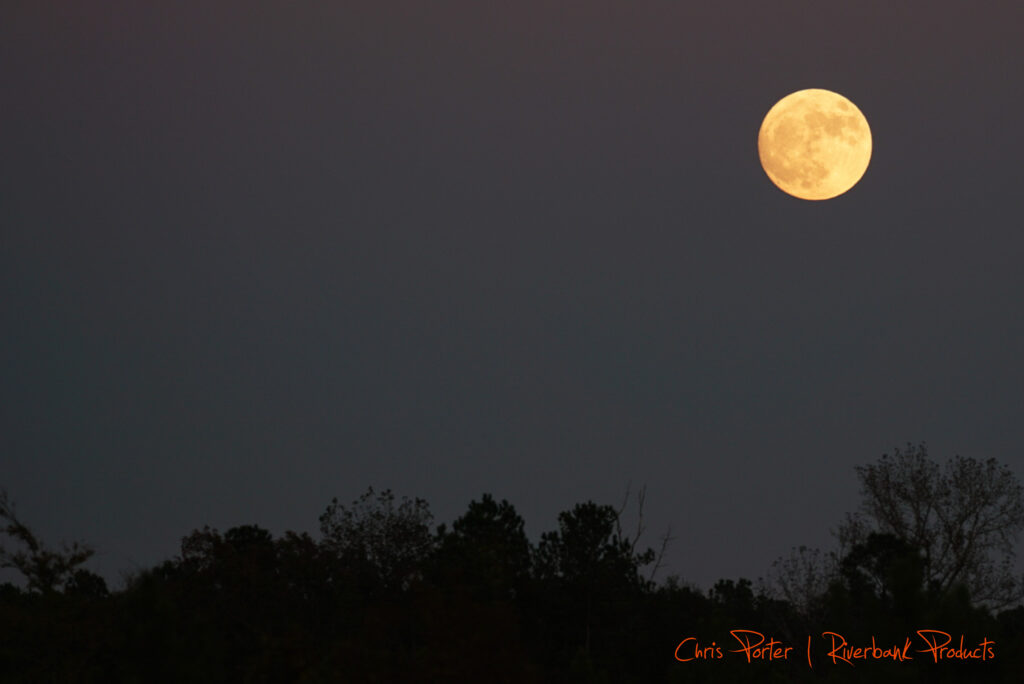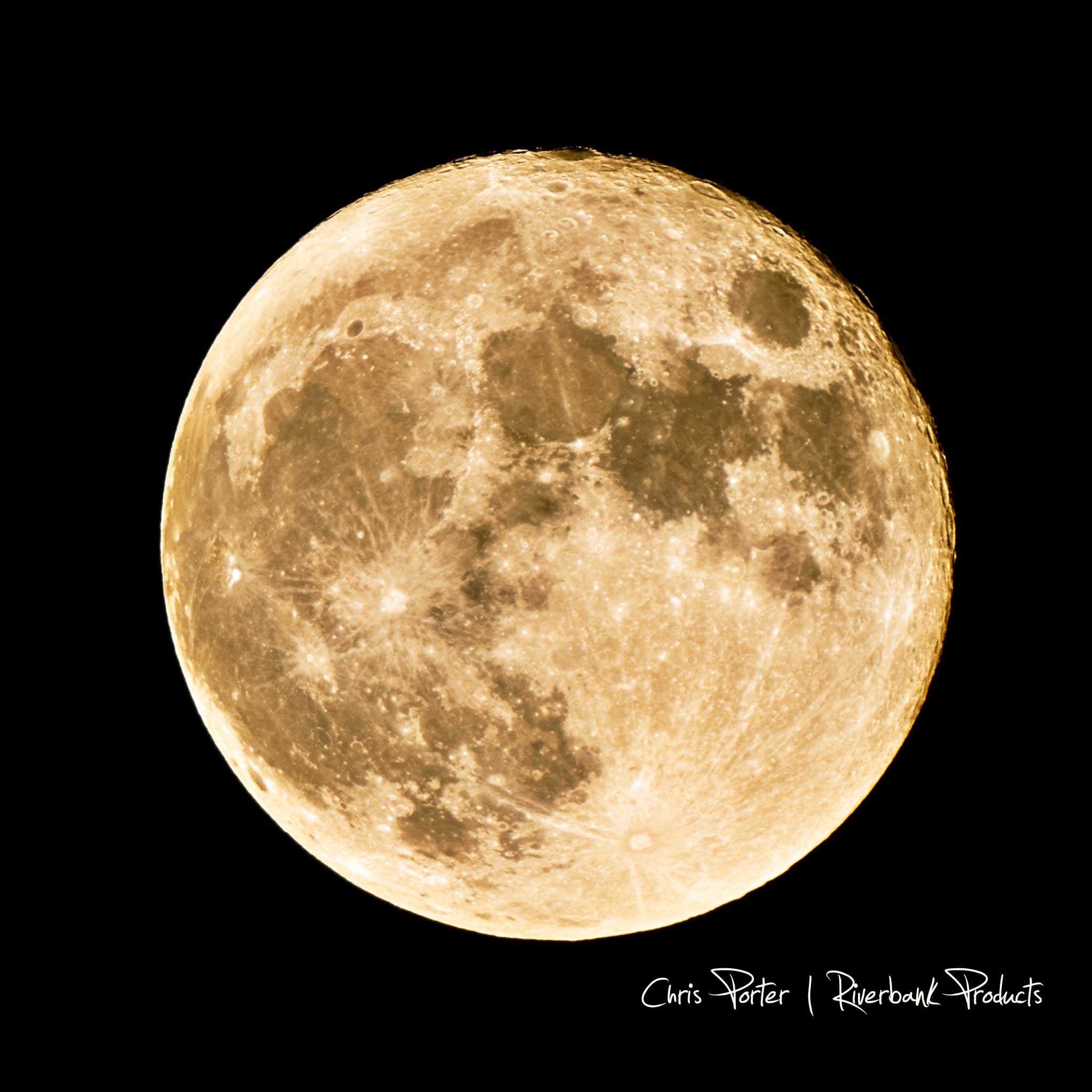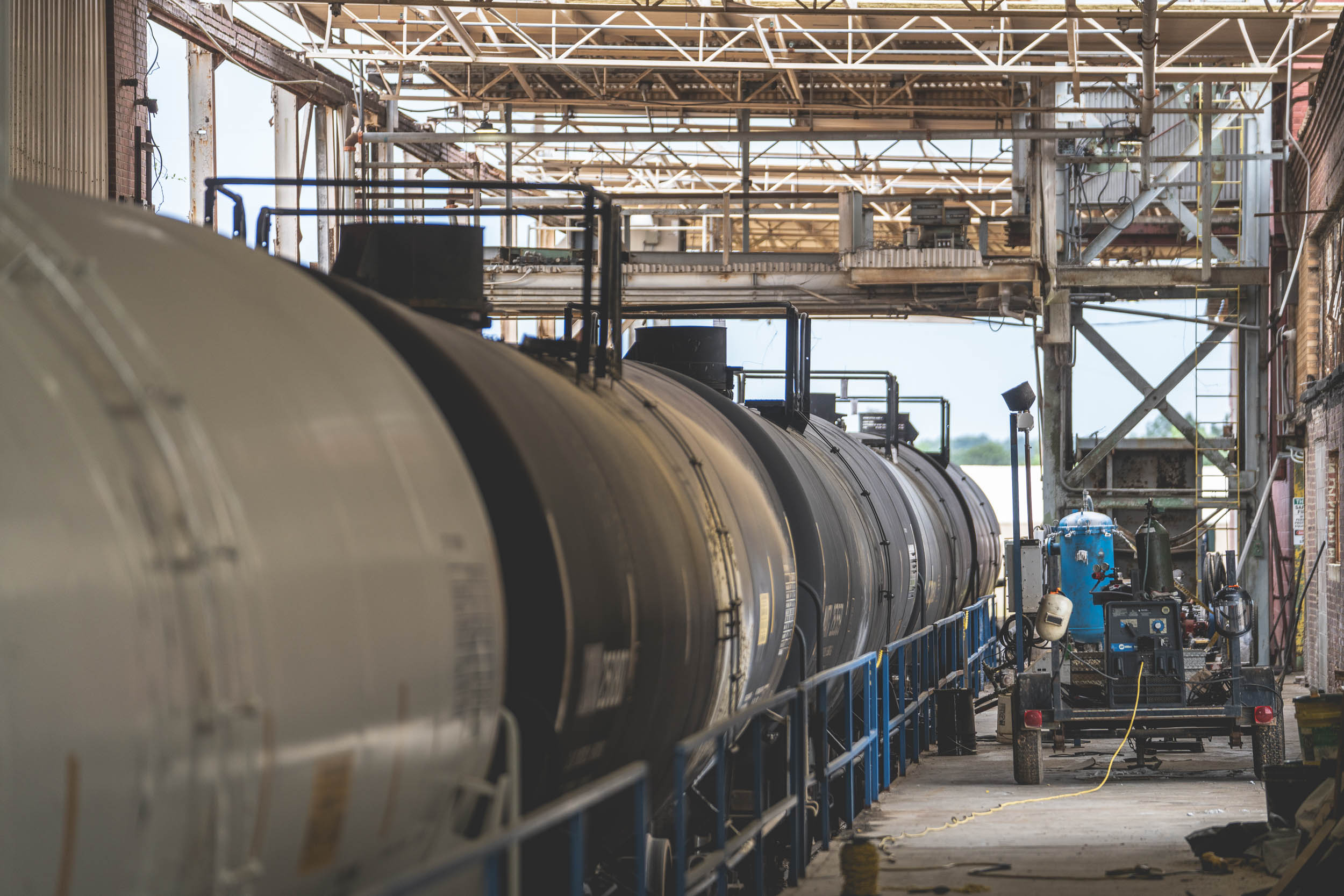You’ve heard the phrase “once in a blue moon”. Well, the August 30th Super blue moon will be the closest full moon of the year, making it appear much brighter and larger than normal. Different full moons throughout the year have different names and this full moon is called the Blue Moon. Not to be confused with the popular beer brand, a blue moon occurs only when the pattern of days in a year means there are 13 full Moons instead of the usual 12. But this will also be a super blue moon, making it even more rare. The previous one occurred in 2009. This will be the last super Blue Moon until 2037 so you don’t want to miss it.
I’ve taken tons of full moon photos over the years. Here are a few of my top tips for viewing or photographing the full moon.
Start shooting early.
To get the biggest, fullest moon possible, you’ll want to shoot it as soon as it pops up over the horizon. This year that will be August 30th at 7:49 pm here in south Arkansas. Now in the area that I live in, we’re mostly flat land with a lot of timber so it’s often hard to get long clear views of the horizon, but just do your best to capture it right after moon rise. The closer the moon is to the horizon, the more of the earth’s atmosphere that the moonlight has to pass through. This creates diffusion which spreads the light farther and makes it appear much larger and it picks up an oranger view as light refracts off of moisture in the atmosphere.
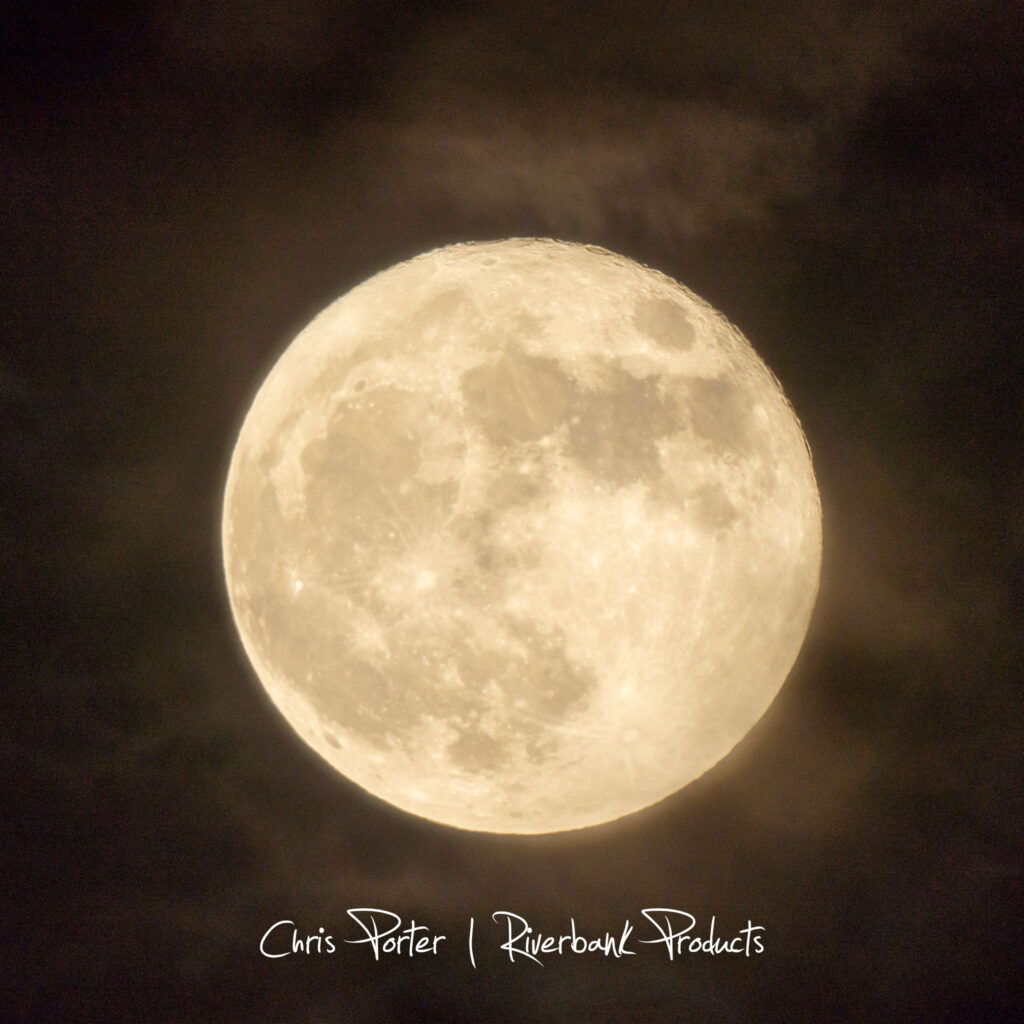
Incorporate other features in your moon photography.
While the moon is brilliant in it’s reflective radiance as it is, it always helps to incorporate other foreground elements into your photography for an even more interesting photo. By shooting early, you’ll be able to capture trees, buildings, and even play around with putting people into your photos.
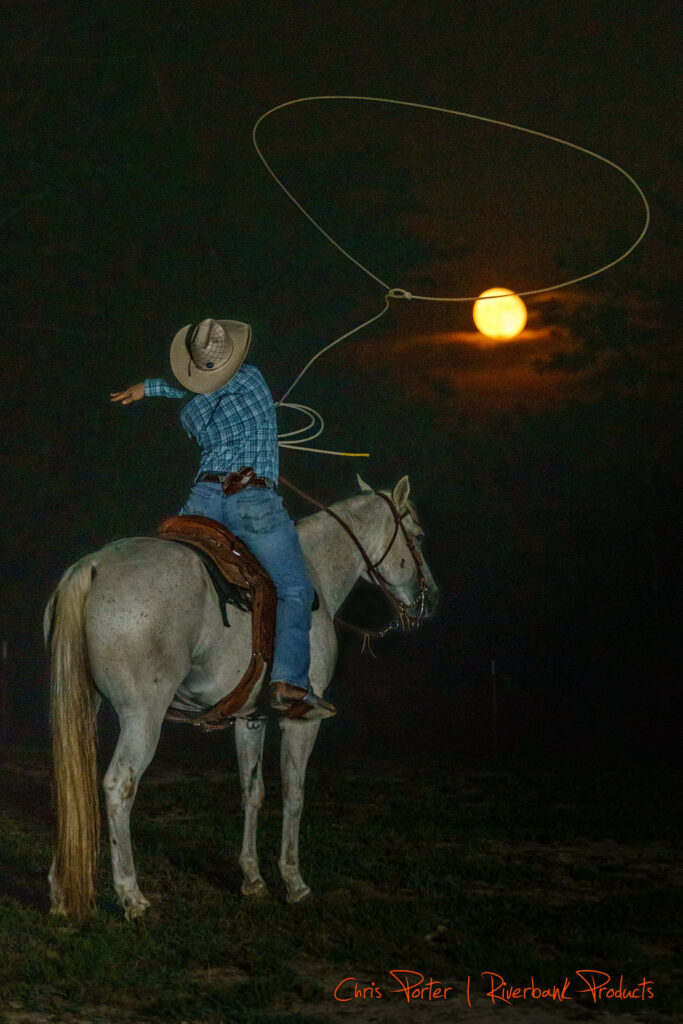
Camera settings
Shoot telephoto. Have you ever shot a moon photo with your phone and even though it appears huge in person, your photo is less than impressive? Wide-angle lenses like your camera phone or even when used on high-quality professional cameras just can’t capture the beauty of the moon in its fullest. The compression that we love about telephoto lenses is really needed to bring out the details or enhance what we can see with just our naked eye. I recommend shooting at 200mm or higher if you can. There may be some exceptions to that depending on what you are trying to do, but that’s where I’d start.
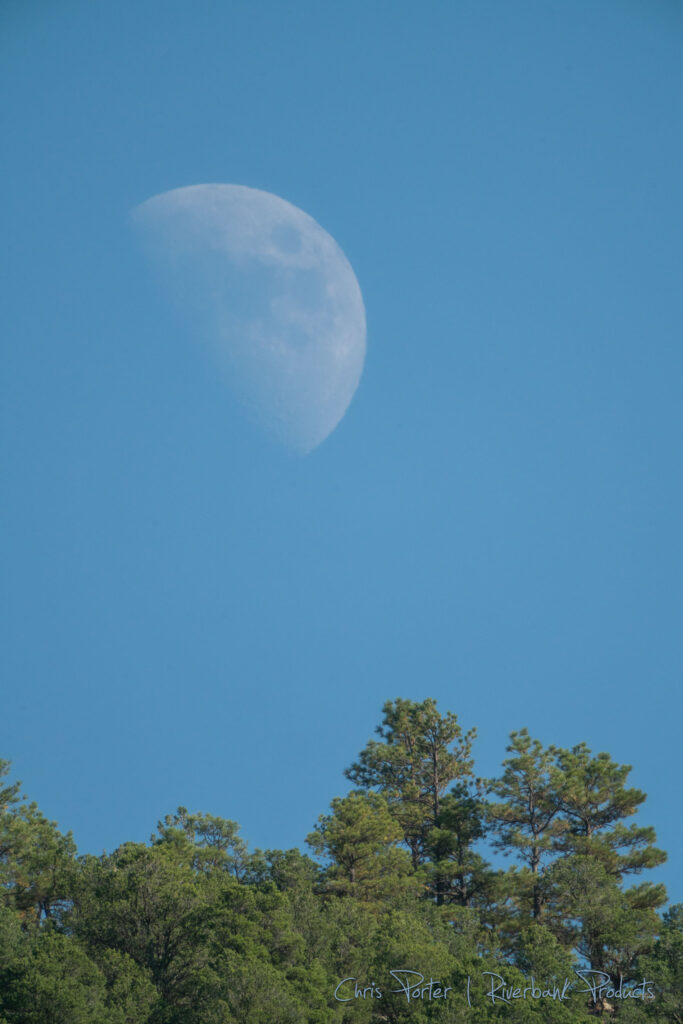
Moon photography is not typical nighttime photography. The full moon is actually very bright. While you’d typically shoot with very slow shutter speeds and wide-open apertures at night to gather more light, with full moon photos, I often shoot at higher f-stops. F-8 or above. You can of course shoot wide open but finding focus at night can sometimes be a challenge so shooting at higher f-stops gives you more room for forgiveness if your focus point isn’t perfect. This means for slower shutter speeds sometimes. However, since you’ll be shooting telephoto anyway, I’d recommend shooting with a sturdy tripod. This will alleviate problems with camera shake both at longer focal lengths and with those slow shutter speeds.
Lastly, just enjoy the view.
I love photos but sometimes we get caught up in the technical details of creating a photo. Remember that take some time to enjoy the moment. I hope you get to enjoy the moon with people you love. Remember that He made the moon to mark the seasons, and the sun knows when to go down. The moon and stars to govern the night; His love endures forever
